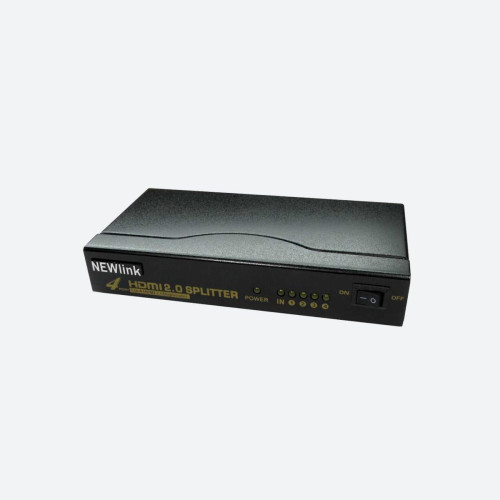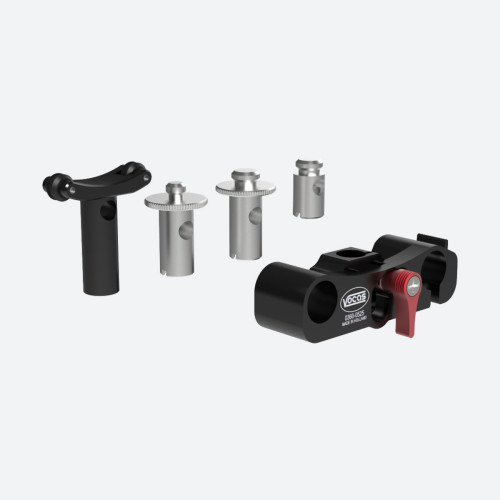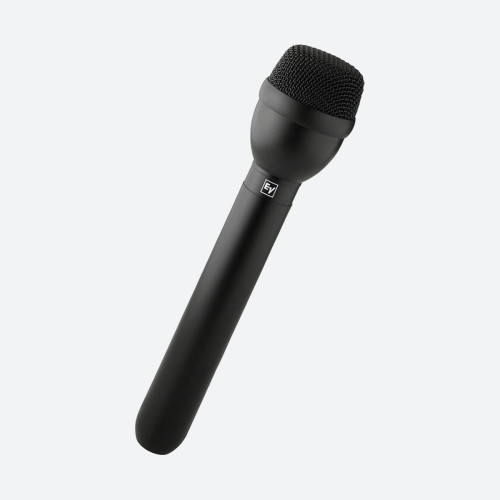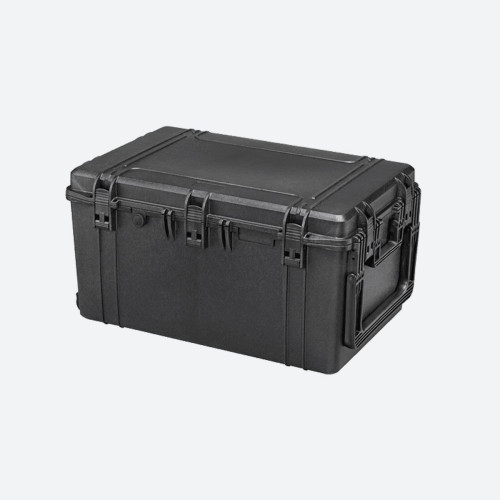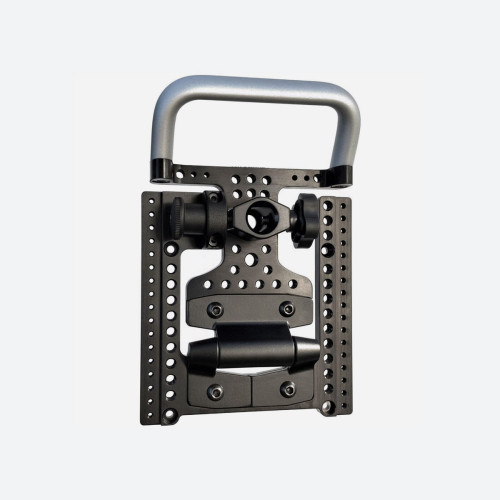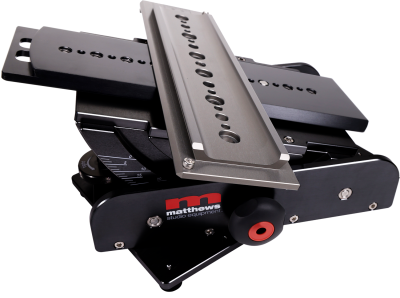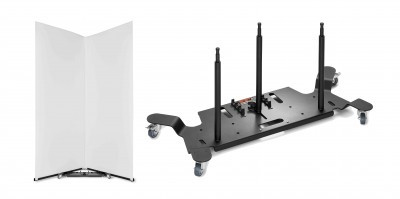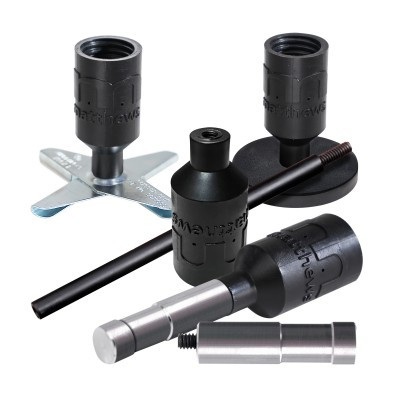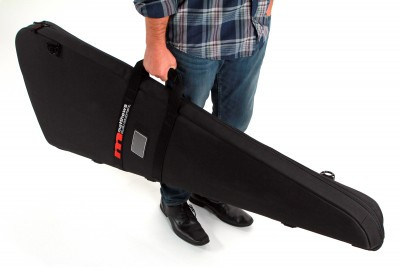Programme prevention
As many of you may know the presenter of a well known motoring program has a bugbear with the subject of health and safety in programme making. In the past he has often attacked health and safety professionals for becoming far too wrapped up in an ‘absolute’ approach to risk management – focussing on minute detail at the expense of the bigger picture. In one of his numerous articles about my profession he even went as far as to describe my old department in the BBC – Occupational Risk Management - as the ‘programme prevention department’. He is not alone in this view. Many people’s perception of health and safety, particularly in production work, is one of ‘box ticking’, bureaucracy and risk aversion.
In the wake of Richard Hammond’s jet car crash this stance does seem ironic. Yet, strangely I find myself agreeing with a lot of what he says. When you strip away the ill-reasoned rhetoric, the extreme examples, and the hyperbole, what he is actually arguing for is a return to sensible health and safety management and in particular giving responsibility back to the individual.
Bonkers Conkers
Public perception of health and safety risk generally in the UK is at an immature stage, resulting in risk aversion. Many of you will recall the story of a school banning the playground activity of playing conkers resulting in the classic ‘Bonkers Conkers’ headline in the redtops. The reason for this rather bizarre decision was purely because the people at the school undertaking the risk assessment for this type of activity obviously didn’t understand the fundamental concept of risk management; they were more concern with protecting the school from potential civil claims brought about by parents whose children were injured whilst under their care rather than deciding whether the level of risk was tolerable. Such stories are beginning to have such a damaging effect on public perception that the industry watchdog, the Health and Safety Executive (HSE), is resorting to publishing a ‘myth of the month’ on their website - http://www.hse.gov.uk/myth/index.htm.
There needs to be acceptance by organisations that health and safety is actually about enabling activities to be conducted in a reasonable manner, not about the elimination of risk. Proactive risk experience will allow the culture to mature. As people become more risk-aware they will develop the ability to use risk assessment as a tool for achieving an objective safely, rather than as a means for prohibiting particular activities.
Mature approach
Risk assessment can then become an enabler in a culture of risk acceptance. However, expectations will have to be managed, too. When people take calculated risks it is inevitable that they will sometimes get it wrong and that accidents will occur. It will be necessary then to take a mature approach, to accept failure and learn from it, rather than tying the future up in unworkable controls and prohibitions.
There are many other areas of risk where public perception is already at a much more mature stage. It is widely accepted, for example, that financial investors choose to accept a level of risk that is tied to the potential return on their investment. Take on a high-risk portfolio and you could stand to make millions, but everyone knows that financial markets can go down as well as up, so you could equally stand to lose everything. Few of us are in a position to risk our pensions or homes for the outside chance of making a million, so instead we select an investment that balances risks and return to deliver us a reasonable income.
People are also willing to take risks in respect of their personal health. Nowadays, everyone is aware of the potential adverse health effects associated with smoking or drinking excessively. However, many people seem prepared to risk serious diseases and premature death in order to benefit from the immediate effects of tobacco or alcohol. We all calculate risk everyday. Do we expend time and effort walking a few hundred yards to the pedestrian crossing and risk missing the train, or do we dash across the road opposite the station and risk getting run over in order to make it on time?
Informed judgement
In all these cases we do a risk assessment, weigh up the likelihood of harm, make an educated guess and informed judgement, almost unconsciously, and proceed accordingly. In essence, production health and safety is no different to this, other than the fact that we record the results. This is the situation that we should be seeking in terms of health and safety risk.
Striving for a culture of risk acceptance is not to be confused with accepting dangerous working conditions. Exposing people to asbestos or allowing them to drive for excessive hours is not acceptable. An injury sustained by an individual who falls over their own feet in a studio for example is, however, all other things being equal, just bad luck. There needs to be an acknowledgement that there is potential for harm to occur in every activity we undertake, whether it’s in production work, getting to and from work, or in our private lives.
Hopefully, long gone are the days when health and safety practitioners are hard hat-wearing, clipboard-carrying inquisitors, only too willing to find fault with the way in which that risk had been managed and to cast doubt on the judgements that had been made by production staff.
When accidents do occur, risk aversion often creates a feeling that someone must be to blame, and the focus shifts to the ‘expert’ advisor. Under this sort of pressure it is understandable that some advisors will take refuge in the minutiae of legislation, highlighting every shortfall in systems and procedure to mitigate any suggestion of personal liability. However, I would argue that if we are to openly encourage risk acceptance, then advisors and others must be prepared to stand up and defend sensible health and safety practice.
Inexact sciences
Filming and/or recording for television and radio are not always exact sciences. It is inevitable therefore that faults will be found in any judgement that is subjected to scrutiny after the event. The focus should be on whether the judgement was reasonable, based on the information that was available at the time. If so, then the risk assessment should be defended. That is not to say that lessons shouldn’t be learnt. A continuous improvement cycle is an essential part of any proactive risk management programme, but the focus should be on identifying shortcomings in order to address them and prevent a recurrence of the incident, rather than on finding fault, allocating blame and seeking retribution. Equally, decisions should never be based on a knee-jerk response to a single incident. It is necessary to consider all contributory factors before drawing conclusions about causation.
Training
Although you can still occasionally come across the odd old-styled health and safety anorak, nowadays the emphasis from most of my colleagues across the industry is much more about promoting a culture within productions where health and safety is actually about enabling activities to be carried out in a reasonable manner, and not about the elimination of risk. In other words we want production staff to be confident that they’re doing enough to mitigate the risk while still being allowed to produce their programmes effectively. This is the central theme of our range of occupational risk training we provide to the industry.
Our training courses are designed to move productions to a situation of accepted risk, where everyone has an adequate knowledge of the hazards associated with production work, and accepts that everything reasonable has been done to mitigate the risk of those hazards being realised. People need to take personal responsibility for their decisions and accept that it is their own fault if something goes wrong because they have been careless or misjudged a situation.
An example of this approach is illustrated in one of the exercises undertaken in the core Risk Management of Productions course. A simple set of cards is presented for delegates in groups of three or four people to organise so that they represent the production process. Typical key health and safety tasks are then introduced and delegates asked to align them. This is designed to help identify where risk management dovetails with existing production processes, encouraging them to draw on their existing knowledge and share existing practices. The next stage is to get the groups to consider what can go wrong, why and the consequences (e.g. late commissioning and scripts etc.) and encourage them to reflect on actual behaviour and explore:
whether people do all the things they should (compliance)
if not, why not
what can go wrong if they don’t comply
what could be done to encourage a change in behaviour – rewards, sanctions, better designed systems, etc
A discussion usually ensues on the safety culture in production work, what it means, who does it effect and how, and what part individuals can play. The whole emphasis here is to have a grown-up discussion about the realities of health and safety management and how to work within a system that isn’t perfect.
You can learn more about the our full range of health and safety training courses by going to http://www.1stoption.biz/
Common sense culture
Real and sensible health and safety risk management in production work is about balance. There is no clear line separating right from wrong; instead, it is about taking a mature and responsible attitude, implementing realistic and workable systems, and learning lessons from mistakes. Risk assessment must be seen as a tool for achieving an objective safely, rather than the means to prohibit the process of programme making.
I’m all for it when program makers want to intentionally crash a car into a wall especially when it makes for great and exciting television, after all that’s the business we’re in. However it should be clear that the responsibility rests with them and other programme makers to ensure that production work is done safely and that the unintentional crashes are avoided.
Risk taking can be extremely exhilarating and allow the creative juices to flow freely, but pushing back those boundaries should never cost anyone to be injured or made ill. On the other end of the scale, we shouldn’t seek to wrap everybody up in cotton wool to such an extent that all its does is produce bland, predictable film, television or radio.
The role of the safety advisor/consultant is not about preventing you from doing what you really want to do, but to act as your conscience and help you come to the correct decision by making sure that the hazards have been identified, the risks assessed, and control measures put in place.
It’s time we all worked together to replace the compensation culture with a common sense culture.
Vittorio Vanloo
Vittorio is a Principal Health and Safety Consultant for 1st Option Safety Services Ltd., providing a range of health, safety and security consultancy services to broadcast, film, television and radio programme makers as well as support staff. He is a chartered member of the Institution of Occupational Safety and Health (CMIOSH), a registered safety practitioner, and has been a Safety Advisor for 15 years both within the BBC and British Waterways before moving to his new role at 1st Option.



